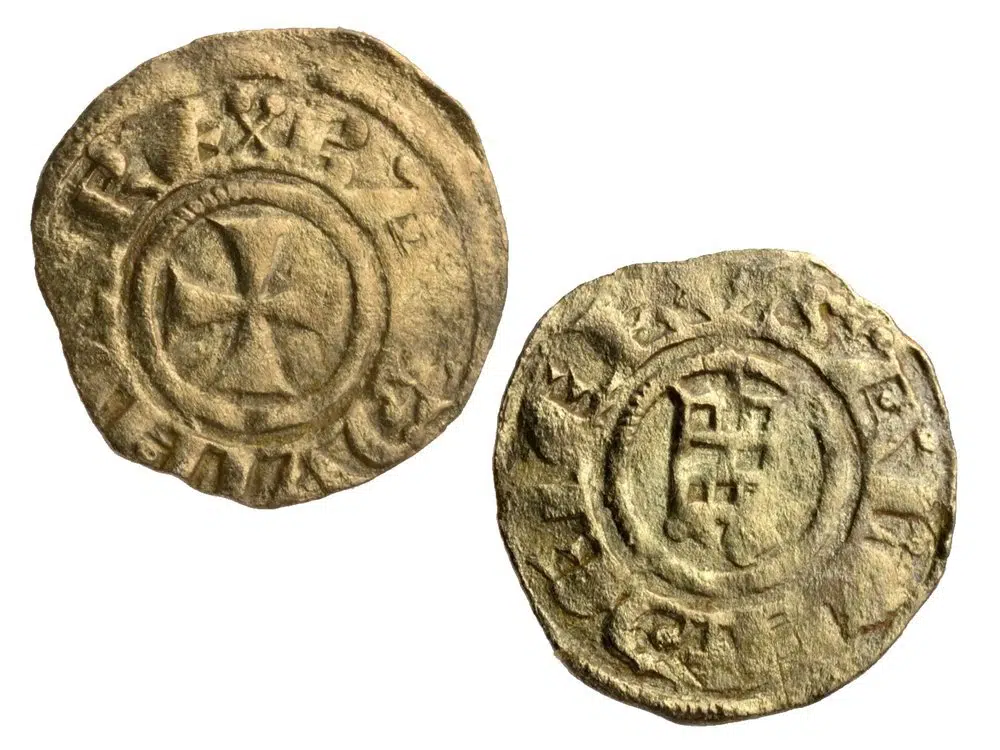
Archaeologists in Israel have found the remnants of what is the only Crusader encampment that has been discovered in the Middle East.
The site is likely where the Frankish knights stopped and made camp just before the Battle of Hattin, which was a decisive victory for the Muslim forces led by Ayyubid Sultan Saladin in 1187.
The battle was so disastrous for Crusading forces, that much of the Levant, which had been occupied by Christians, fell back into the control of the Muslim rulers.
Historians argue that the Battle of Hattin directly led to the Third Crusade, which began two years after the battle in 1189. The Crusades were a series of holy wars fought between Christians from Europe and Muslim rulers over control of the Holy Land.
Finds from Crusader encampment reveal life during the period
Archaeologists Nimrod Getzov and Ianir Milevski of the Israel Antiquities Authority, and Rafael Lewis from the University of Haifa, found a trove of artifacts left by the crusader forces at the site, which was uncovered near the Zippori Springs in Galilee during construction work on a local highway.
Lewis stated to the Jerusalem Post that “The area along Route 79 was known as the site of the Frankish encampment ahead of the Battle of Hattin in 1187, as well as for other encampments by both the Crusaders and the Muslims during a period of 125 years.”
The site provided archaeologists and historians the “exceptional opportunity to study a medieval encampment and to understand their material culture and archaeology,” he continued.
The site had been used for military encampments since the Roman period, and housed many armies going into battle throughout the millennia. Despite this, no traces of structures built by older armies have been found there.
The finds from the site were recently published in the book “Settlement and Crusade in the Thirteenth Century.”
At the encampment, experts found countless items from the period dating from 1099 to 1291, including coins, arrowheads, and items used in the care of horses. Some of the horseshoe nails were determined to have been made in Europe, while others were made on site.
Speaking with the Jerusalem Post, Lewis noted that “Changing those nails probably represented the main activity in the camp…Nobody wanted to find himself in the battle on a horse with a broken shoe.”
Surprisingly, there was a lack of everyday items used for cooking and other basic purposes. Experts theorize that these items were transported to castles and other fortifications shortly after encampments were abandoned.
A large number of luxurious, expensive items made in the European style were also located there, and were likely worn and used by prominent members of the army, such as knights.
They may have also belonged to the leader of the encampment, who was likely a Frankish king.
Experts hope that this incredible discovery will lead to more of the same in the future. “I’m intrigued to understand more about Crusader encampments…I believe that the study of military camps has the potential to allow us to understand much more about the period and its culture,” Lewis stated.
See all the latest news from Greece and the world at Greekreporter.com. Contact our newsroom to report an update or send your story, photos and videos. Follow GR on Google News and subscribe here to our daily email!



